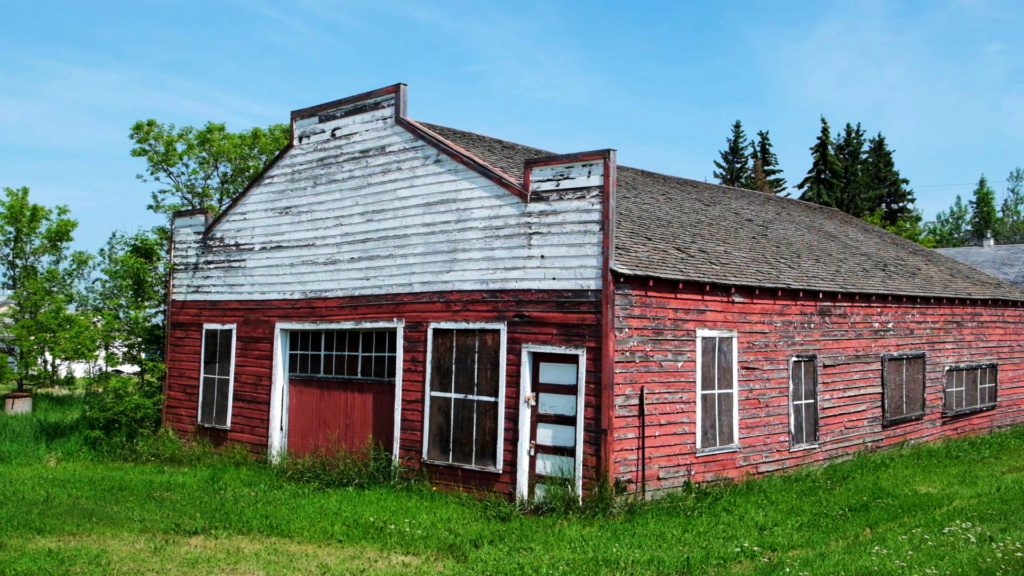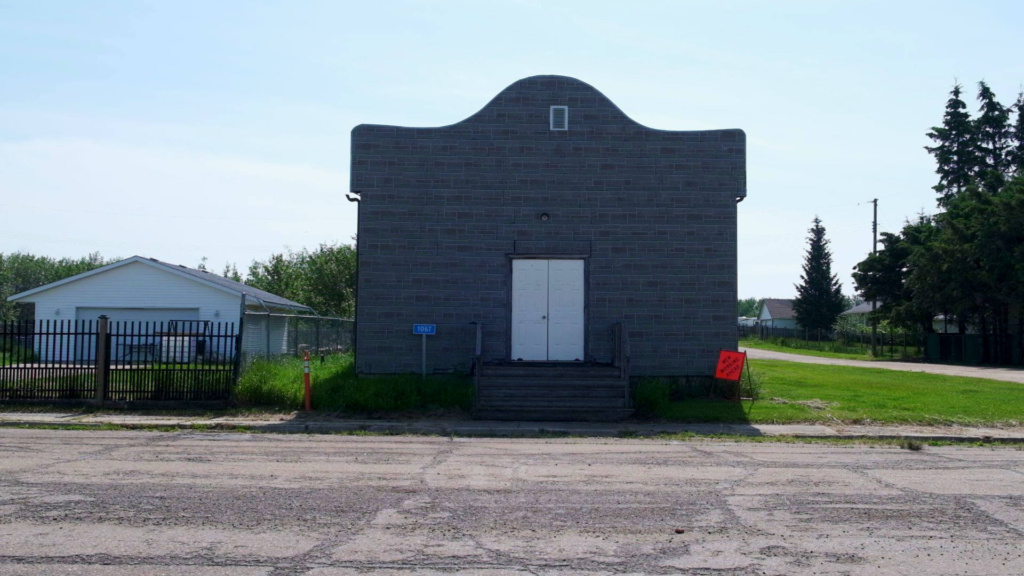If you’re driving east from Edmonton on Highway 15, you’ll pass a lot of open land before you reach Hilliard. It’s not a place that announces itself. There’s no welcome sign with a slogan, no gas station or café to pull you in. Just a quiet turnoff, a few homes, and the kind of stillness that makes you slow down without meaning to.

Hilliard is a hamlet in Lamont County, about 68 kilometers from the city. It was named after Hilliard McConkey, and the post office opened in 1918—a small but official start. Like many prairie communities, it grew up around the railway and the rhythms of farming. In 1941, the population reached 134. That was likely the high point. By 1991, it had dropped to 35.
There used to be a grain elevator here. It’s gone now—completely. No foundation, no signage, just the memory of where it stood. For decades, it would’ve been the busiest spot in town during harvest, with trucks lining up and railcars waiting to haul grain east or west. Its absence is noticeable, even if you didn’t know what used to be there.
The community hall still stands, but it’s mostly unused these days. One resident told us it hasn’t seen much activity in years. It once hosted events—dinners, fundraisers, maybe the odd curling night—but now it’s more of a marker than a meeting place. The building’s still in decent shape, but the energy has shifted.

There are still people here, though. A few homes are clearly lived in, with tidy yards and signs of life. Others are quiet, maybe empty. You get the sense that everyone knows everyone, and that most folks have been around a while. It’s not a place for newcomers, not because they wouldn’t be welcome, but because they just don’t tend to show up.
Hilliard doesn’t offer much in the way of attractions, and that’s kind of the point. It’s a place that exists on its own terms. No reinvention, no rebranding—just a small dot on the map that’s still holding on. And in a province where so many towns have vanished entirely, that’s something.
